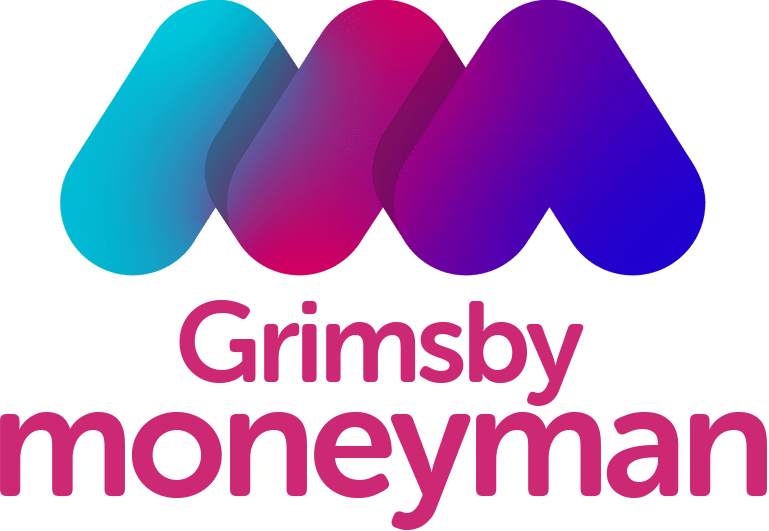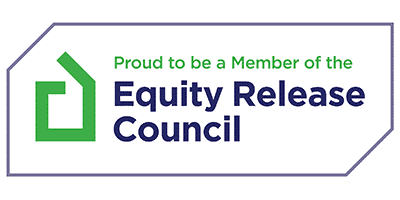You may be entitled to be put onto the Right to Buy scheme If you have been residing in a council-owned property for an extensive period of time. The scheme enables you to buy the property at a discounted price and that is classed as your deposit. Thus allowing you to use your money on remaining fees.
If you wish to borrow money for home improvements for the property, you may be permitted by some lenders to do this, but you will need to gain permission from the local authority.
What is the Right to Buy scheme?
The Right to Buy scheme was very popular back in the 80’s and deemed helpful by many who used it but also appeared to be a controversial issue in regard to politics. One of the main reasons as to whether the Right to Buy should be active is that the scheme takes homes out of the public sector which doesn’t necessarily help when there is already a housing shortage. This has changed the dynamics of the council estates as more properties have become more privately owned. It would appear that current homeowners who are older were able to get onto the property ladder via Right to Buy.
In order to enrol for a Right to Buy Mortgage, you need to see if you’re eligible to purchase the property. You’ll need a RTB1 which will be the starting application form – from here your local authority will send out a person to figure out how much your property is worth and you will be told the value. After you have received a value figure, you will then be informed of the percentage discount which you’re entitled to and offer you the opportunity to proceed with the process.
You will have to complete a form that the local authority send to you should you wish to go forward with your application.
The procedure of calculating how much you’re able to borrow is the same as any other mortgage and is based on your income and expenditure, so even with a Right to Buy scheme it is still as important to think ahead. Another vital factor is to check your credit score.
What fees are included?
As mentioned earlier, you will have to pay certain fees. These can include:
· Lender’s valuation fee (some Lenders do this for free, proving helpful to save on finances)
· Lender arrangement fee (Sometimes this isn’t necessary)
· Mortgage Broker’s Fee (An experienced Advisor will be able to support you through the process)
· Solicitor’s costs
The Right to Buy was set up on the premise of helping individuals getting on to the property ladder. Therefore, tenants are not permitted to sell a property for a certain period of time to prove they are using the scheme for the right incentive. If the property is sold within that period, a penalty will be issued. This will be expressed by repaying part of the original discount that was granted to you originally.
Some people refrain from applying for a Right to Buy because of certain responsibilities that are attached with owning a home. Certain factors include carrying out their own repairs and maintenance that entails. On the other hand, those that do wish to take up the offer of the discounts will be able to utilise the scheme to help them become Homeowners, whereas in alternative routes they may have trouble doing so.
Date Last Edited: June 23, 2020











